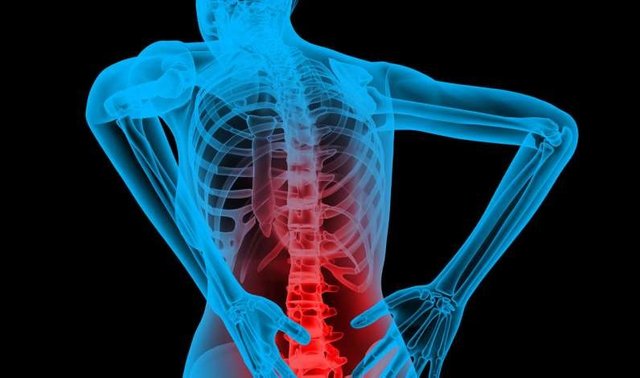10 Common Causes of Lower Back Pain and How to Prevent Them
Lower back pain is a prevalent problem in adults, affecting nearly everyone at some point in their lives. While some causes are tied to aging or underlying medical concerns, others are the result of lifestyle choices, employment habits, or physical activity. Understanding the most popular causes of lower back pain allows you to take steps to alleviate pain and safeguard the health of your spine.
Let’s go over the ten main causes of lower back pain and offer practical preventive methods for each.
1. Slouch Potato Alert!
Yeah, we've all been there – hunched over a keyboard, scrolling on our phones. But guess what? That slouchy posture is a major back pain trigger. Think of it like this: your spine is like a tower, and when you slouch, you're leaning it over. Not good! So, try to sit up straight (shoulders relaxed, not all tense!), and maybe look into getting a comfy chair, a desk that's the right height, or even a stand for your monitor. Your back will thank you.
2. Couch Potato Syndrome
Okay, no judgment here, but if your daily workout consists of reaching for the remote, your back muscles are probably getting pretty weak. Weak muscles mean your back is more likely to get hurt when you try to do something active. So, get moving! Even short walks or stretches throughout the day can make a big difference. Think of it as giving your back a little wake-up call.
3. Heavy Lifting Fails
Ever tried to lift something way too heavy and then felt a zing in your back? Yeah, that's your back screaming for help. Lifting heavy stuff the wrong way is a recipe for back pain disaster. Remember to bend your knees, keep the weight close to you, and don't be a hero – if it's too heavy, ask for help or just leave it! Seriously, your back is worth it.
4. Repetitive Motion Mayhem
Doing the same thing over and over again – like bending, twisting, or lifting – can also lead to back problems. Think about it: if you're constantly doing the same movement, those back muscles are getting overworked and not getting enough time to chill.
Take regular breaks to rest your back, do lower-back and core strengthening exercises to increase resilience, and switch duties when possible. Consult a back pain management doctor as well, which you can locate by searching for “leading pain management doctor”.
5. Obesity
Excess body weight, especially around the midsection, puts additional strain on the spine and may contribute to lower back discomfort.
Adopting a healthy diet and engaging in regular exercise can aid with weight management. Strengthening core muscles is important because they can better support the spine.
6. Weak Core Muscles
A lack of core strength makes the lower back more susceptible to strain since the surrounding muscles are incapable of supporting the spine.
Planks, pelvic tilts, and bridging exercises are all good ways to strengthen your core. A strong core can help relieve pressure on the lower back.
7. Inadequate Sleep Position or Mattress
Sleeping on a mattress that does not support your spine or in an uncomfortable posture can lead to morning stiffness and persistent low back pain.
Ensure that your mattress provides enough support. Sleeping on your side with a pillow between your knees can help keep your spine in alignment.
8. Stress and Tension
Chronic stress can induce muscle tension, especially in the neck and lower back, resulting in pain and discomfort.
Deep breathing, yoga, and meditation are all effective stress-management practices. Regular physical activity can also help alleviate stress and muscle tightness.
9. Age-Related Degeneration
Lower back pain can be caused by conditions such as osteoarthritis and degenerative disc degeneration, which grow more frequent as people age.
While age-related changes cannot be completely avoided, moderate exercise and a nutritious diet can help maintain bone and joint health. Staying active with low-impact workouts such as swimming or cycling might help relieve stress.
10. Smoking
Smoking lowers blood flow to the spinal discs, reducing their healing capabilities and increasing the risk of spinal degeneration.
Quitting smoking can greatly benefit spinal health. Improved blood flow promotes disc health and minimizes the likelihood of lower back discomfort.
Lower back discomfort can be caused by various factors, including poor posture, lifestyle
choices, and the natural aging process. The good news is that many causes of lower back pain can be avoided with simple changes to everyday behaviors. You may protect your lower back and prevent pain by practicing proper posture, maintaining a healthy weight, and strengthening your core muscles.
